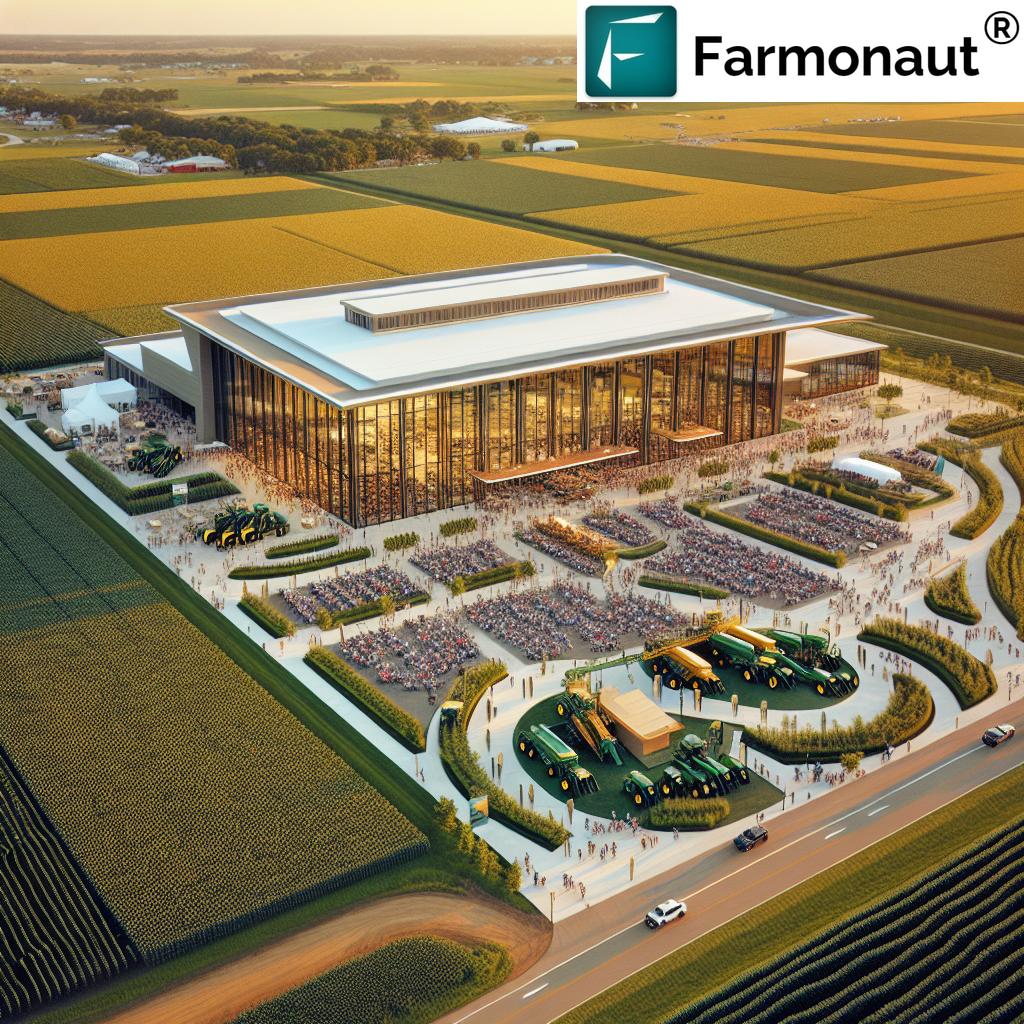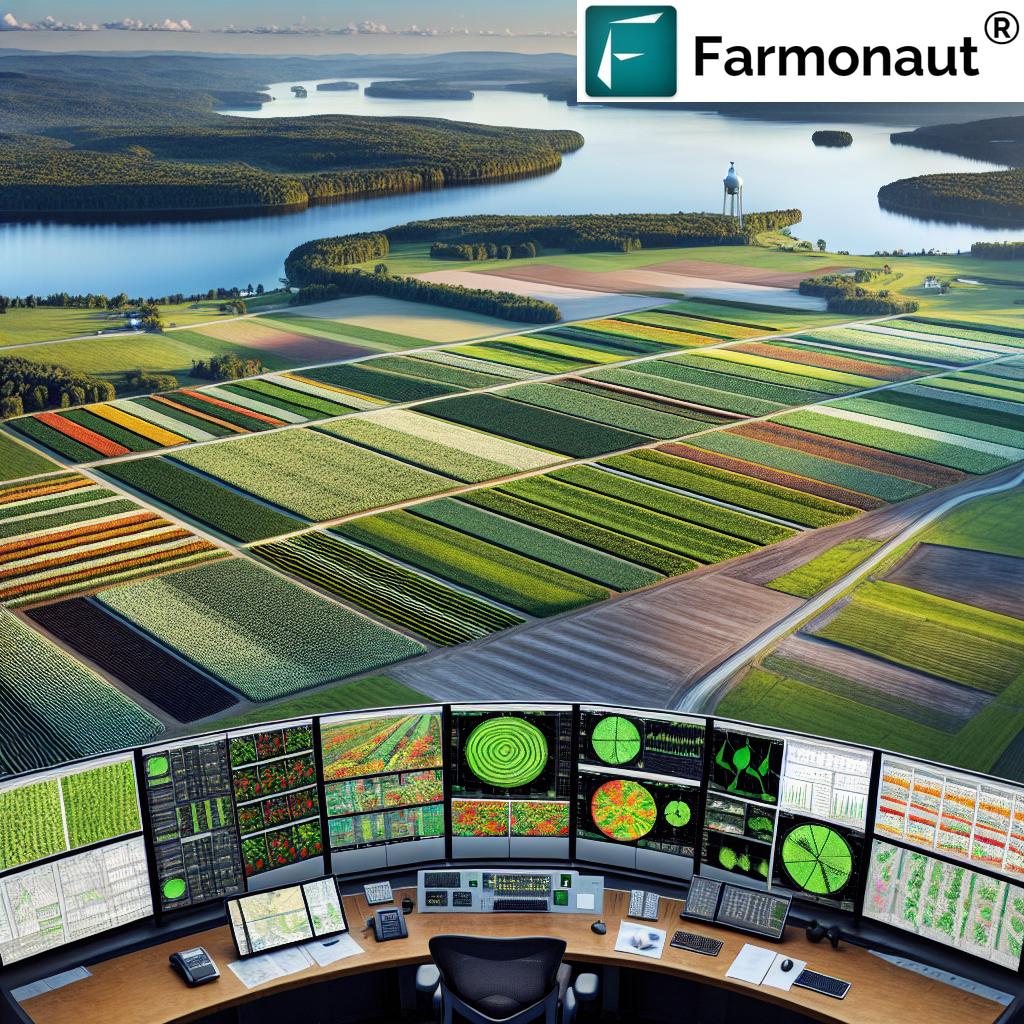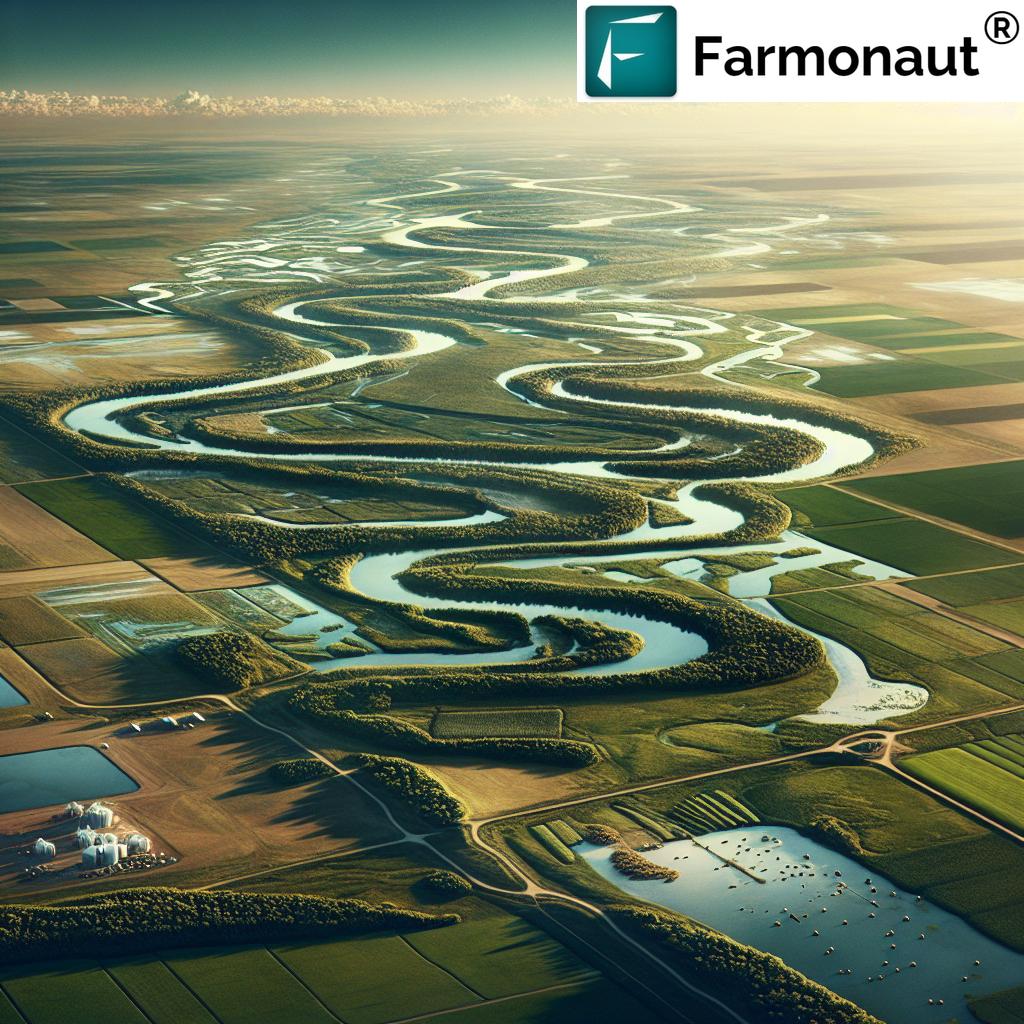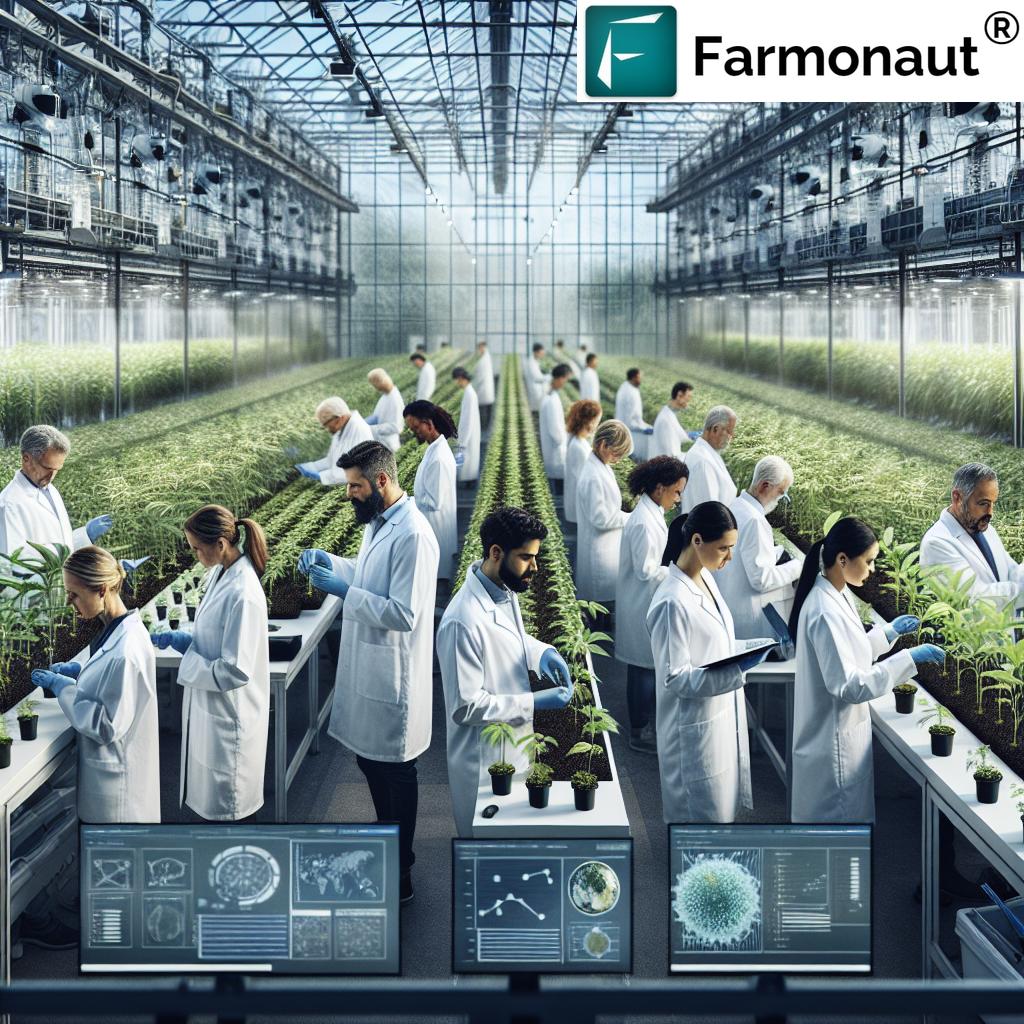Revolutionizing Design: Emerging Technology Summit 2025 in San Francisco Unveils Future of Engineering
“The Emerging Technology Summit 2025 in San Francisco will showcase advancements in at least 3 key areas: 3D design, digital product creation, and engineering automation.”
As we approach the highly anticipated Emerging Technology Summit 2025 in San Francisco, the world of design and engineering stands on the brink of a revolutionary transformation. This premier event promises to unveil groundbreaking innovations that will reshape how we conceive, create, and construct our world. From cutting-edge 3D design software to sustainable architecture technology, the summit will showcase the future of engineering and design across various industries.
In this comprehensive blog post, we’ll explore the key themes, technologies, and potential impacts of this landmark event. We’ll delve into how emerging technologies are set to revolutionize design processes, automate engineering tasks, and drive sustainable innovation across sectors. Whether you’re a seasoned professional or an enthusiastic newcomer to the field, this article will provide valuable insights into the future of technology and design.
The Emerging Technology Summit 2025: A Glimpse into the Future
The Emerging Technology Summit 2025, to be held in the tech hub of San Francisco, is poised to be a watershed moment for the design and engineering industries. This conference brings together the brightest minds, innovators, and industry leaders to showcase the latest advancements in technology that are set to transform how we design and make products, buildings, and infrastructure.
Key focus areas of the summit include:
- 3D Design Software
- Digital Product Creation
- Automation in Engineering
- Sustainable Architecture Technology
- Engineering Data Insights
These technologies are not just incremental improvements but represent paradigm shifts in how we approach design and engineering challenges. They promise to enhance efficiency, boost creativity, and drive sustainability across industries.
3D Design Software: Redefining Creativity and Precision
At the heart of the design revolution lies advanced 3D design software. These tools are evolving rapidly, offering unprecedented levels of detail, real-time collaboration capabilities, and integration with other emerging technologies.
Key innovations in 3D design software include:
- AI-assisted design suggestions
- Virtual reality (VR) and augmented reality (AR) integration for immersive design experiences
- Cloud-based collaboration tools for global teams
- Parametric modeling for complex, adaptive designs
These advancements are set to dramatically reduce design time, enhance creativity, and allow for more intricate and optimized designs across industries ranging from automotive to aerospace.
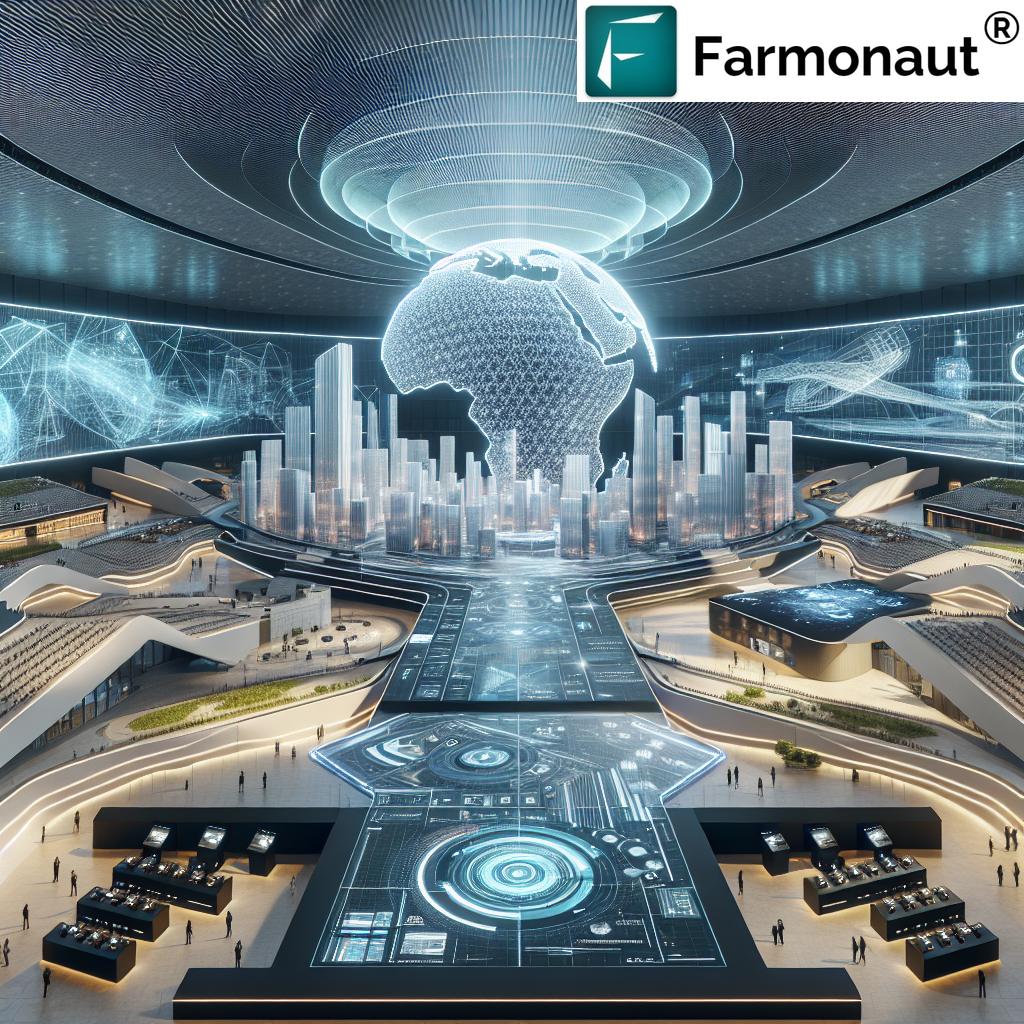
Digital Product Creation: From Concept to Reality
Digital product creation is revolutionizing how we bring ideas to life. This technology enables designers and engineers to create, test, and refine products entirely in the digital realm before physical prototyping begins.
Key aspects of digital product creation include:
- Advanced simulation tools for product testing
- Digital twins for real-time product monitoring and optimization
- AI-driven design optimization for performance and manufacturability
- Sustainable material selection integrated into the design process
These tools not only accelerate the product development cycle but also lead to more innovative, efficient, and sustainable products across industries.
Automation in Engineering: Enhancing Efficiency and Precision
Automation is set to transform engineering processes, from design to construction and maintenance. The summit will showcase how AI and machine learning are being integrated into engineering workflows to enhance efficiency, reduce errors, and tackle complex challenges.
Key areas of automation in engineering include:
- AI-powered design verification and optimization
- Robotic process automation for repetitive engineering tasks
- Automated code generation for software engineering
- Machine learning algorithms for predictive maintenance in infrastructure
These automation technologies are not just about replacing human tasks; they’re about augmenting human capabilities, allowing engineers to focus on more creative and strategic aspects of their work.
Sustainable Architecture Technology: Building a Greener Future
Sustainability is no longer an option but a necessity in architecture and construction. The Emerging Technology Summit 2025 will highlight cutting-edge technologies that are making sustainable architecture not just possible, but practical and cost-effective.
Key innovations in sustainable architecture include:
- Advanced materials with lower carbon footprints
- AI-optimized energy systems for buildings
- 3D-printed sustainable structures
- Biophilic design integration for improved well-being and reduced environmental impact
These technologies are set to transform how we design, construct, and operate buildings, significantly reducing their environmental impact while enhancing their functionality and aesthetic appeal.
Engineering Data Insights: Powering Informed Decision-Making
In the age of big data, the ability to gather, analyze, and act on engineering data is becoming a critical competitive advantage. The summit will showcase how advanced data analytics, AI, and machine learning are being leveraged to derive actionable insights from vast amounts of engineering data.
Key areas of focus in engineering data insights include:
- Predictive analytics for maintenance and performance optimization
- Real-time data visualization for complex engineering systems
- Machine learning algorithms for pattern recognition in design and manufacturing processes
- Data-driven decision support systems for engineering management
These data-driven approaches are enabling more informed decision-making, leading to improved efficiency, reduced costs, and enhanced innovation across engineering disciplines.
“Industry leaders at the 2025 summit will present innovations impacting 3 major sectors: product design, building construction, and infrastructure engineering.”
The Impact on Industry: Transforming How We Design and Make
The technologies showcased at the Emerging Technology Summit 2025 are set to have far-reaching impacts across various industries. Let’s explore how these innovations are transforming key sectors:
Product Design and Manufacturing
In the realm of product design and manufacturing, the integration of advanced 3D design software, digital product creation tools, and automation is leading to:
- Faster time-to-market for new products
- More customizable and personalized product offerings
- Reduced waste and improved sustainability in manufacturing processes
- Enhanced product performance through AI-driven optimization
These advancements are particularly impactful in industries such as automotive, aerospace, and consumer electronics, where complex designs and rapid innovation are critical.
Building Construction and Architecture
The construction industry is undergoing a digital transformation, with technologies showcased at the summit set to:
- Improve building energy efficiency and sustainability
- Reduce construction time and costs through prefabrication and 3D printing
- Enhance building safety through advanced simulation and testing
- Create more adaptive and responsive built environments
These innovations are paving the way for smarter, more sustainable cities and buildings that can adapt to changing environmental and social needs.
Infrastructure Engineering
In the field of infrastructure engineering, emerging technologies are enabling:
- More resilient and adaptive infrastructure designs
- Improved maintenance and longevity of bridges, roads, and utilities
- Enhanced safety through real-time monitoring and predictive maintenance
- More sustainable and environmentally friendly infrastructure solutions
These advancements are crucial for addressing the challenges of aging infrastructure and increasing urbanization worldwide.
The Role of AI and Machine Learning in Design and Engineering
Artificial Intelligence (AI) and Machine Learning (ML) are at the forefront of the design and engineering revolution. These technologies are not just tools but are becoming integral parts of the design and engineering process itself.
Key applications of AI and ML in design and engineering include:
- Generative design: AI algorithms that can generate multiple design options based on specified parameters
- Predictive maintenance: ML models that can predict when equipment or structures will need maintenance
- Optimization algorithms: AI that can optimize designs for performance, cost, and sustainability
- Natural language processing: AI that can interpret design requirements and generate initial design concepts
These AI and ML applications are not replacing human designers and engineers but are augmenting their capabilities, allowing them to tackle more complex challenges and explore innovative solutions that were previously impossible.
Sustainability and Environmental Impact
A key theme running through the Emerging Technology Summit 2025 is the focus on sustainability and reducing environmental impact. The technologies showcased are not just about improving efficiency and performance but are also geared towards creating a more sustainable future.
Key sustainability-focused innovations include:
- Materials science advancements for eco-friendly building materials
- Energy-efficient design tools that optimize for minimal environmental impact
- Circular economy principles integrated into design software
- Life cycle assessment tools for comprehensive environmental impact analysis
These technologies are enabling designers and engineers to create products, buildings, and infrastructure that are not only functional and aesthetically pleasing but also environmentally responsible.
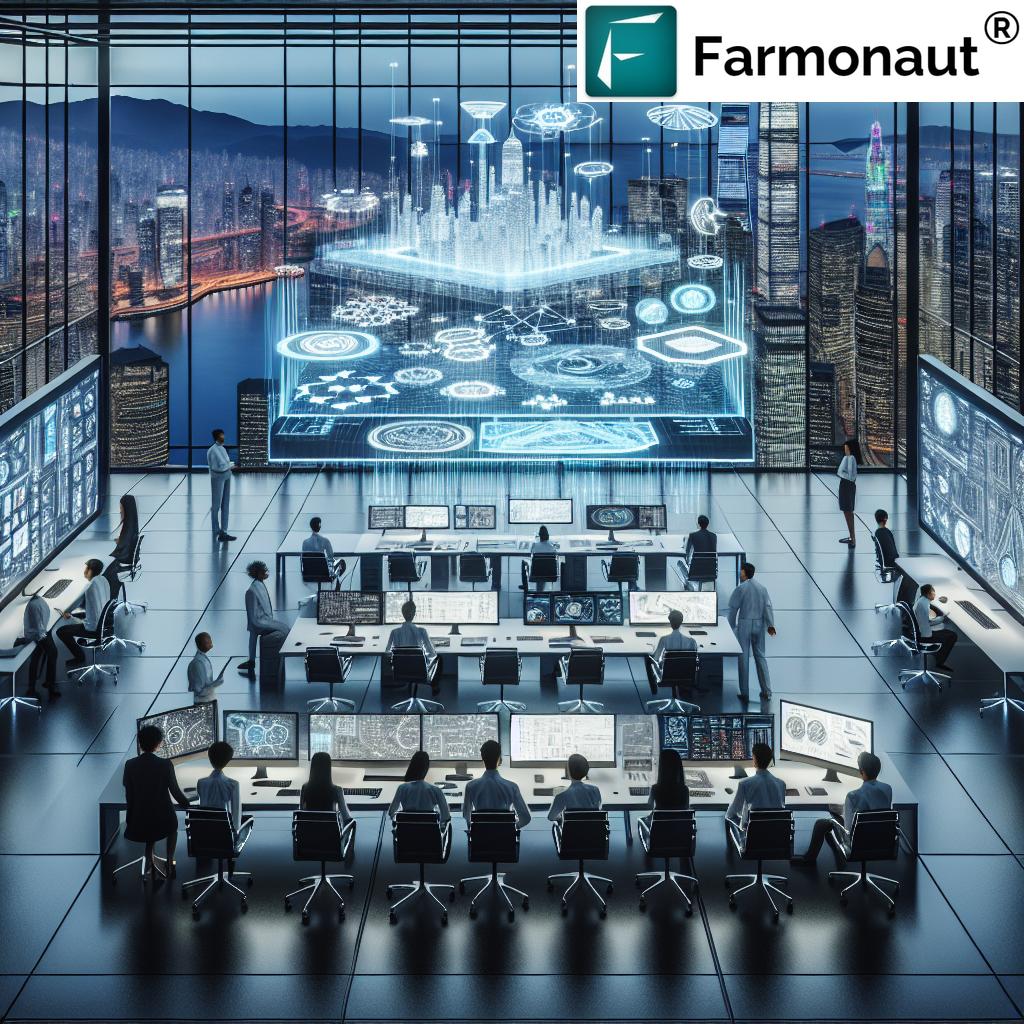
The Future of Work in Design and Engineering
As these emerging technologies reshape the design and engineering landscape, they are also transforming the nature of work in these fields. The summit will explore how these changes are impacting the workforce and what skills will be crucial for future success.
Key trends in the future of design and engineering work include:
- Increased emphasis on interdisciplinary skills
- Growing importance of data literacy and AI understanding
- Shift towards more strategic and creative roles as routine tasks are automated
- Greater focus on continuous learning and adaptation to new technologies
These trends highlight the need for professionals in the field to continuously update their skills and embrace lifelong learning to stay relevant in a rapidly evolving industry.
Challenges and Ethical Considerations
While the emerging technologies showcased at the summit offer tremendous potential, they also bring challenges and ethical considerations that need to be addressed. The conference will provide a platform for discussing these important issues.
Key challenges and ethical considerations include:
- Data privacy and security in increasingly connected design and engineering processes
- Ethical use of AI in design decisions that impact human lives and the environment
- Ensuring equitable access to advanced design and engineering tools
- Balancing automation with human creativity and intuition
Addressing these challenges will be crucial for ensuring that the benefits of these emerging technologies are realized responsibly and ethically.
The Global Impact: From San Francisco to the World
While the Emerging Technology Summit 2025 is taking place in San Francisco, its impact will be felt globally. The innovations showcased have the potential to address pressing global challenges and transform industries worldwide.
Key global impacts include:
- Accelerating sustainable development in emerging economies
- Enabling more resilient infrastructure in climate-vulnerable regions
- Fostering global collaboration in design and engineering through advanced digital tools
- Democratizing access to advanced design and engineering capabilities
These global impacts underscore the transformative potential of the technologies being showcased at the summit.
Preparing for the Future: Key Takeaways for Professionals
For professionals in design, engineering, and related fields, the Emerging Technology Summit 2025 offers valuable insights into preparing for the future of the industry. Here are some key takeaways:
- Embrace continuous learning and skill development, particularly in AI, data analytics, and sustainable design
- Foster interdisciplinary collaboration to tackle complex challenges
- Stay informed about emerging technologies and their potential applications in your field
- Consider the ethical implications of new technologies in your work
- Seek opportunities to integrate sustainability into your design and engineering processes
By focusing on these areas, professionals can position themselves at the forefront of the design and engineering revolution.
Conclusion: A New Era of Design and Engineering
The Emerging Technology Summit 2025 in San Francisco marks the dawn of a new era in design and engineering. From AI-powered design tools to sustainable architecture technologies, the innovations showcased at this event are set to transform how we conceive, create, and construct our world.
As we look to the future, it’s clear that the integration of advanced technologies, sustainability considerations, and human creativity will be key to addressing the complex challenges of the 21st century. The summit serves as a crucial platform for exploring these possibilities and charting the course for the future of design and engineering.
Whether you’re a seasoned professional or a student just entering the field, the insights and innovations presented at the Emerging Technology Summit 2025 offer a glimpse into an exciting future full of possibilities. As we embrace these new technologies and approaches, we have the opportunity to create a more sustainable, efficient, and innovative world through the power of design and engineering.
FAQ Section
- What is the Emerging Technology Summit 2025?
The Emerging Technology Summit 2025 is a premier conference held in San Francisco that showcases cutting-edge advancements in design and engineering technologies, including 3D design software, digital product creation, and automation in engineering. - Who should attend the Emerging Technology Summit 2025?
The summit is relevant for designers, engineers, architects, product developers, technology innovators, industry leaders, and anyone interested in the future of design and engineering technologies. - What are some of the key technologies that will be showcased at the summit?
Key technologies include advanced 3D design software, AI-assisted design tools, sustainable architecture technologies, engineering data analytics, and automation in various engineering processes. - How will these emerging technologies impact different industries?
These technologies are expected to revolutionize product design, manufacturing, construction, architecture, and infrastructure engineering by improving efficiency, sustainability, and innovation across these sectors. - What role does sustainability play in the technologies presented at the summit?
Sustainability is a central theme, with many technologies focused on reducing environmental impact, optimizing resource use, and enabling more eco-friendly design and engineering practices.
Key Technologies at Emerging Technology Summit 2025
| Technology Category | Key Innovations | Industry Impact | Future Outlook |
|---|---|---|---|
| 3D Design Software | AI-assisted design, VR/AR integration, Cloud-based collaboration | Faster design cycles, Enhanced creativity, Global collaboration | Integration with digital twins, Real-time design optimization |
| Digital Product Creation | Advanced simulation, Digital twins, AI-driven optimization | Reduced time-to-market, Improved product performance, Cost reduction | Fully virtual product development cycles, Customization at scale |
| Automation in Engineering | AI-powered design verification, Robotic process automation | Increased efficiency, Reduced errors, Focus on creative tasks | Autonomous engineering systems, AI-human collaborative design |
| Sustainable Architecture Technology | Advanced eco-materials, AI-optimized energy systems, 3D-printed structures | Reduced environmental impact, Energy-efficient buildings, Innovative designs | Zero-emission buildings, Self-sustaining urban developments |
| Engineering Data Insights | Predictive analytics, Real-time data visualization, ML for pattern recognition | Informed decision-making, Predictive maintenance, Performance optimization | AI-driven engineering management, Continuous improvement cycles |
As we conclude this exploration of the Emerging Technology Summit 2025, it’s clear that the future of design and engineering is bright, innovative, and full of potential. The technologies and trends discussed here are set to reshape industries, drive sustainability, and open new frontiers of creativity and efficiency.
For those looking to stay at the forefront of these technological advancements, continuous learning and adaptation will be key. Whether you’re a seasoned professional or just starting your career in design and engineering, embracing these emerging technologies and understanding their implications will be crucial for success in the years to come.
The Emerging Technology Summit 2025 in San Francisco is more than just a conference; it’s a glimpse into the future of how we will design, create, and build our world. As we look forward to this exciting event, let’s embrace the spirit of innovation and the potential for positive change that these technologies represent.
For those interested in exploring cutting-edge technologies in other sectors, such as agriculture, companies like Farmonaut are leading the way in satellite-based farm management solutions. While not directly related to the design and engineering focus of this summit, Farmonaut’s innovative approach to precision agriculture demonstrates how emerging technologies are transforming various industries beyond traditional engineering fields.
As we look to the future, it’s clear that the integration of advanced technologies across all sectors will be crucial in addressing global challenges and driving innovation. Whether in design, engineering, agriculture, or any other field, the key to success will be embracing new technologies, fostering collaboration, and maintaining a commitment to sustainability and ethical practices.
We encourage all our readers to stay informed about these exciting developments and to consider how they might apply emerging technologies in their own work and industries. The future of design and engineering is here, and it’s more exciting than ever before.






